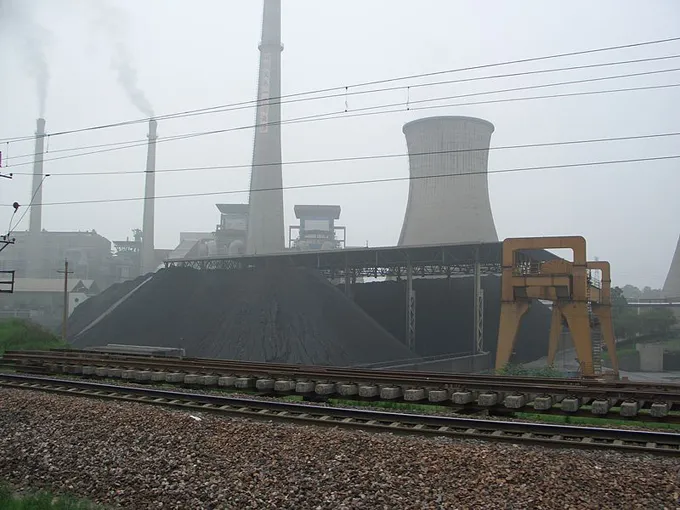The potential climate consequences of China’s Belt and Roads Initiative
YALE Climate Connections

China’s Belt and Road Initiative is big. Really big. Potentially the most ambitious and widespread international infrastructure development effort ever, involving rail lines, highways, power plants, pipe lines, ports, and more.
Seriously – ever.
Given the Chinese government’s penchant for obfuscation and lack of transparency, it can be a little hard to tell just how precise the term “BRI”, as it is known, really is; or whether it’s more of a branding label slapped on anything that might fit.
That said, BRI investment so far is estimated to be somewhere between $1 and $8 trillion, encompassing hundreds of projects, with 125 countries said to have agreements with China as of mid 2019 – though estimates now are around 140, involving projects worldwide.
Related Posts

document
Letter from Keith Krach to Business Leaders on Xinjiang Supply Chain Business Advisory
It is critical that U.S. companies and individuals be aware of the large-scale human rights abuses perpetrated by the PRC government in Xinjiang. Businesses should evaluate their exposure to the risks that result from partnering with, investing in, and otherwise providing support to companies that operate in or are linked to Xinjiang.

video
Can China Form its Own Alliance? — Simone Gao with Keith Krach
G7 adopted the U.S.-led proposal BuildBackBetter World as an alternative to China’s Belt and Road Initiative. But can it compete with China’s investment? KeithKrach was the under secretary of state responsible for economic diplomacy during the #Trump administration. The Blue Dot network his team drafted was adopted by the Biden Administration and is now the Build Back Better World initiative. This Silicon Valley veteran has a good track record of defeating China’s economic aggression, particularly Huawei’s ambition to take over the global 5G communications.